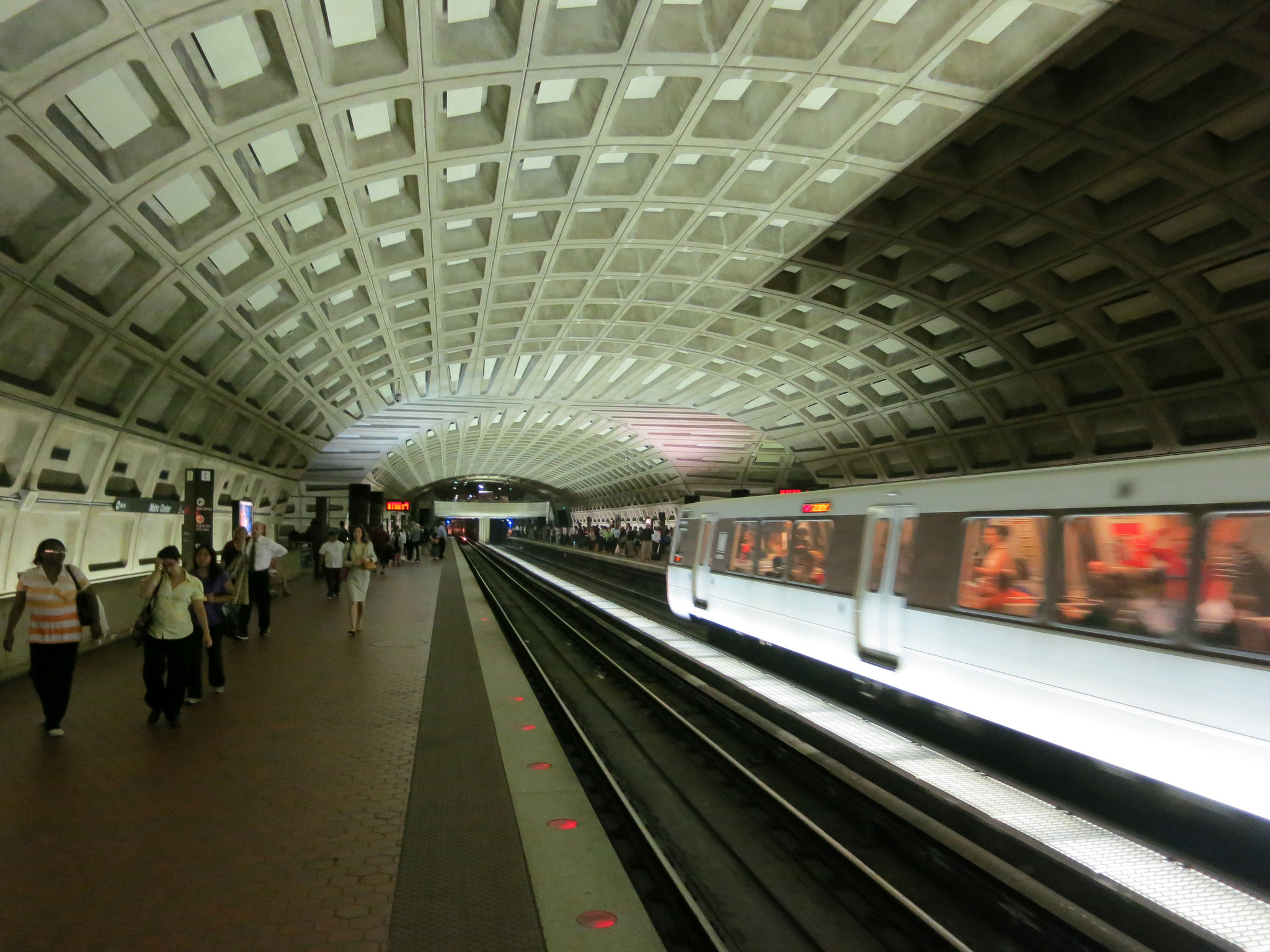As the thousands-strong caravan of Central and South American migrants press onward towards the U.S. border, media coverage of the situation has been centered on President Donald Trump’s social media reactions to the news reports, which are about his social media reactions to the reporting of the situation in a constant, never-ending loop. Whether it’s potentially closing the southern border or sending military troops to secure and maintain U.S. sovereignty, there are far more questions that need to be asked about crisis about which the mainstream media has failed to inquire.
For example, The Washington Post published a “what you need to know” piece that leaves much to be desired after such an un-inquisitive narrative that simply bashes the Trump Administration and reports based off of things that are seen on the crawl at the bottom of the common “news” channel.
A 2,000-mile transcontinental trek has a lot of moving parts in it. So, here’s not what you need to know, but what you need to ask.
1. How many migrants are there in the caravan?
In the weeks since the caravan set off from Honduras, there is now between 3,500 – as the Mexican government reports – to over 10,000 – as some aid groups report – people now making their way north to the U.S. Unfortunately, no one has been able to conduct an accurate head count. This could be due to a few extenuating factors.
Some situations like this often garner others who join in for a few days, even a few hours, as a sense of protest, but end up going back home after they achieve their sense of fulfillment. Secondly, some also drop off as they apply for asylum in either Guatemala or Mexico. Nevertheless, it is quite precarious that even the most independent-minded, citizen journalists don’t just go down there and interview people and get a sense of the situation themselves.
Unfortunately, TRS doesn’t have it in its budget to send a massive contingent of reporters to the bottom of the continent. After all, there’s food, water, shelter, transportation, bug spray, cliché press hats, flashbulb cameras, typewriters, among other things to pay for. That brings us to the next question.
2. How is everyone receiving food and water?
Again, walking thousands of miles takes a lot of energy. As well, giving people – thousands of them – that energy with food and water takes a lot of resources and a lot of planning. However, there aren’t any instances of people carrying palettes of Aquafina or Nutrigrain bars.
Could they have stopped at restaurants and food trucks to fuel up? Well, don’t you think that would have been seen in at least one reported picture? Even the most hipster of migrants would have posted their enchiladas and tostadas on Instagram with witty hashtags.
Therefore, they must be getting a majority of their sustenance from outside sources. They all cannot drink water from rivers or eat berries from bushes. That brings us to the next question.
3. Where are the migrants relieving themselves?
Let’s be honest with ourselves, if the thousands of people trekking towards the U.S. were defecating and urinating in and along the roads which they have traveled, that would be an extraordinary environmental crisis. Greenpeace would be all over that.
So far, there have been no reports of massive piles of excrement along the pathway of the migrants. Are they knocking on doors to use indoor plumbing? Are they using portable lavatories somewhere? Again, there have been no photos or stories about any actual necessary infrastructure along the journey. That brings us to the next question.
4. Where are the migrants sleeping at night?
Obviously, one must rest on a 2,000-mile journey. Again, are they knocking on doors to see if they can crash on a local couch? Are they booking themselves into hotels? Presumably, they all do not have sleeping bags, cots, and tents.
After all, it’s not the safest place in the world to be making a transcontinental march. That brings us to the next question.
5. Shouldn’t there be security involved?
Some areas of Mexico, let alone the Central American subcontinent, are commonly in the news for brutal murders on part of rampant drug gangs and narcoterrorists. In the pictures provided by many news outlets we have seen that many are in tow with small children and babies in strollers.
One of the reasons people are fleeing their home countries is because of the dangerous situations involving the aforementioned “bad hombres” that have caused unrest in Mexico, Guatemala, Honduras, and other countries.
So, how are these people being kept safe during their journey? Obviously, if even one was brandishing a firearm to protect the group, at least one media outlet would have freaked out, or even President Trump would have found someway to describe the caravan as an “armed invasion.” However, no such issue has arisen.
It would be quite interesting if the caravan took a wrong turn and found itself in the middle of a contested area of gang activity. While that would be catastrophically unfortunate, that brings us to the next question.
6. Who is leading the group?
It has been said that Pueblo sin Fronteras has organized the caravan. The “political outreach group” has extensive experience in leading other caravans of migrants across countries in an illegal manner, just like a few months ago when a 1,500-person caravan marched on the U.S.-Mexico border demanding to be let in and given support.
It is probably implausible that those leading the caravan are using maps and sextants to navigate by the stars. In today’s age, few people still use maps. These people aren’t barbarians, of course they probably use GPS systems like the rest of modern society.
Considering the caravan is consistently moving and is never always near a wall socket, they may not be using a handheld navigation system. Are they using a GPS system in a car? That could work very well, which brings us to the next question.
7. Where are all the support vehicles?
When it comes to having enough food, water, and other supplies for thousands of people walking across multiple countries there must be some type of logistics system and support vehicles to carry all that is needed.
The U.S. Army didn’t land on the beach at Normandy with a few bags of peanuts and a 32-ounce Nalgene bottle full of water.
Could they be stopping and buying things they need a local stores? Wouldn’t that be expensive for those claiming to be fleeing their home countries because of economic conditions? That brings us to the next question.
8. Who’s funding this venture?
Of course, this question has been asked. However, those giving money to assist the caravan do not have to file FEC forms or probably don’t have any type of receipt or expenditure reports.
While this is probably the hardest to answer, like political donations, timing is everything. That brings us to the next question.
9. Interesting timing, right?
It’s less than two weeks before Election Day. On Friday morning, the caravan left Pijijiapan, Mexico, about 110 miles north of the Mexico-Guatemala border. Right now, the closest border crossing would be between Matamoros, Mexico, and Brownsville, Texas, about 1,000 miles away from the group’s current location.
To date, the caravan has traveled about 20-30 miles a day; therefore, it will take weeks to reach the U.S. border at the current speed. Though, it could be faster if the circumstances are changed insofar as vehicles are concerned.
Even though much, rather all, of the criticism has emanated from the Republican-led White House and Congress, Democrats are now beginning to question the timing of the situation.
“The timing of this caravan, much larger than anything we’ve seen before, I’ve asked and we’re trying to get the intelligence community to see, why now?” Senator Mark Warner (D-VA) said recently during an interview on CNN’s “New Day.” He asked, “Why at this moment in time? Who would this benefit if it’s suddenly in the news?”
Hmm…
Anchor John Berman then charged, “Are you suggesting that it was ginned up for political purposes?”
Warner responded, “All I’m saying is, we’ve never seen a caravan of this size. Usually there’s been smaller ones, that have been about safety. This one seems much, much larger, and at an unusual time.”
Hmm…
Let’s be honest, when both political parties agree on something, or even aren’t in staunch opposition with each other, weird things happen. Speaking of weird coincidences, that brings us to the last question.
10. Who does this caravan benefit?
In keeping with the popular criticisms that foreign entities have attempted to meddle in U.S. elections, is this caravan part of that concept? Considering the nation has put election infrastructure under a microscope, conducted congressional hearings, and even an investigation into Russian interference in the 2016 presidential election, whomever wishes to stir up the pot must innovate.
It would be very interesting to find out that those hoping to influence an election are no longer pushing fake stories on Facebook, or using phishing scams, or employing Macedonian “content farmers,” or whatever Hillary Clinton blamed in her apologist-style book.
Regardless, one must begin not questioning reactions to situations, but the situations themselves. For the migrant caravan, it’s truly painful that the big media outlets simply do not care to ask the necessary questions.






